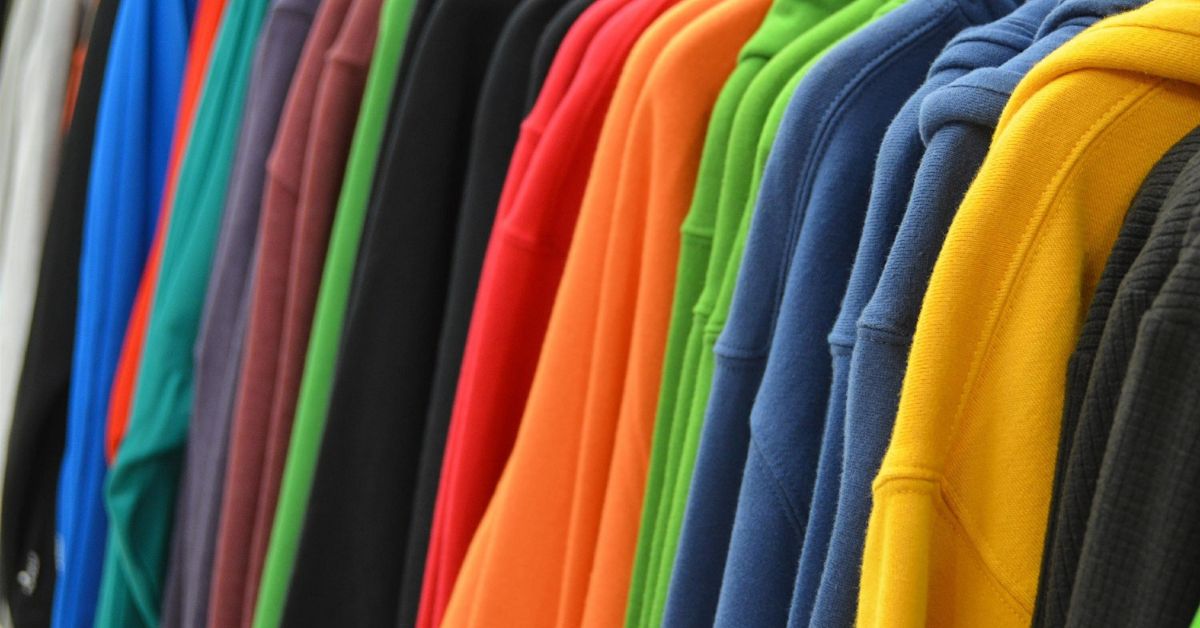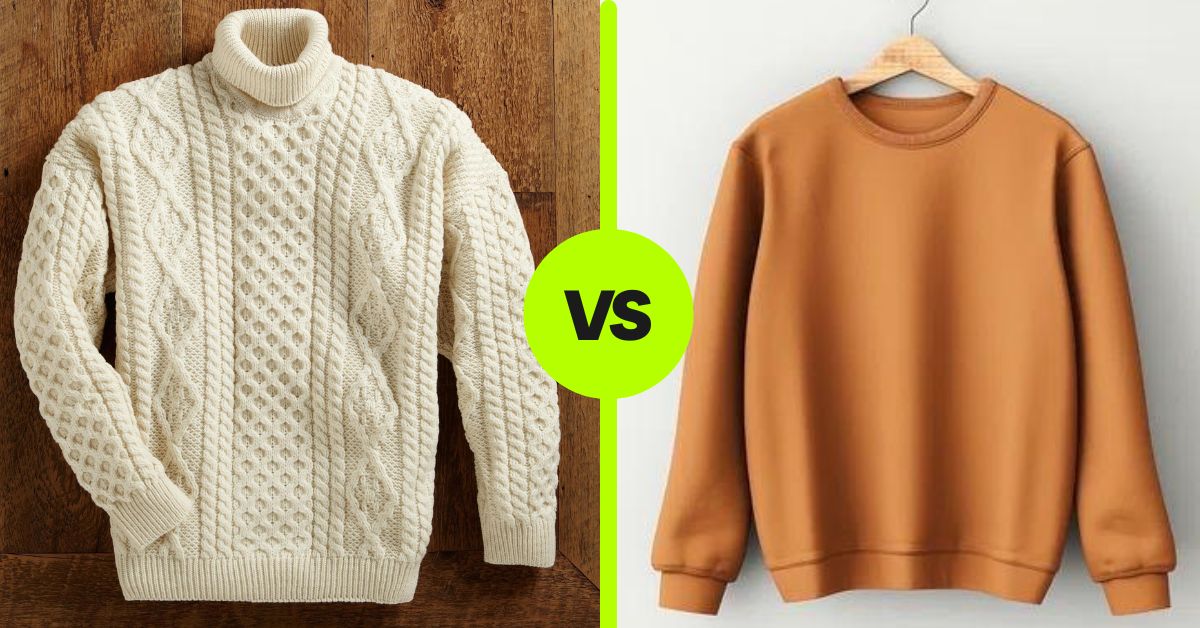Tackling the everyday grind regularly, grappling with many tasks, from deadlines at paintings to errands at home. But nestled snugly in the chaos of our everyday lives lies a comfort that transcends the chaos: our trusty sweatshirts.
Whether it’s that comfortable hoodie, you slip into on cold mornings or that worn-in crewneck visible to you via infinite Netflix marathons, sweatshirts are like a warm hug waiting at the top of a protracted day.
But with extremely good consolation comes exceptional duty – the responsibility of maintaining these cherished garments, searching for and feeling they’re excellent.
So, if you’ve ever discovered yourself considering the high-quality way to clean and care for the one you love sweatshirts, fret not now! In this guide, we will discuss the mysteries of sweatshirt care, ensuring that your move-to cozy partners live tender, comfortable, and oh-so-cushty for years to come.
Let’s dive in and learn the secrets and washing techniques for sparkling and incredible styling a sweatshirt!
Quick Way- How to Wash Sweatshirts
When it entails washing the one you love sweatshirts, efficiency is prime. Follow those quick steps to make sure your sweatshirts live easily and snugly:
Check the Care Label
Before bathing, always check the care label for your sweatshirt for particular commands. This will help you make a decision on the perfect water temperature and some other unique care necessities.
Turn Inside Out
To preserve the color and reduce pilling, turn your sweatshirt inner out before putting it in the washing machine.
Use Gentle Cycle
Opt for a slight cycle for your washing machine to keep away from excessive agitation, which may damage the material.
Choose Mild Detergent
Select a slight detergent appropriate for sensitive fabric to keep away from harsh chemical materials that could affect the softness of your sweatshirt.
Wash in Cold Water
Cold water is gentler on fabrics and allows to renovation of colorations. Wash your sweatshirt in bloodless water to save you from shrinking and fading.
Avoid Fabric Softener
It is noticeably counseled to no longer use fabric softener, as it is able to remove a residue from your sweatshirt and decrease its absorbency through the years.
Air Dry
After washing, vicinity your sweatshirt flat to air dry. Avoid the usage of the dryer, as immoderate warmth can reduce the fabric and damage any posted or embroidered designs.
Reshape if Necessary
If your sweatshirt loses its form at some unspecified time in the future for the duration of washing, lightly reshape it while it’s nevertheless damp to preserve its authentic healthy.
Following those brief and smooth steps, you can keep your sweatshirt searching smooth and comfortable without any trouble.
5 Best Way to Wash Sweatshirts
Hand Washing with Mild Detergent
Hand washing is a mild but effective method for cleaning sweatshirts, specifically sensitive or embellished ones. You can fill a basin or sink with bloodless water and include a small quantity of moderate detergent.
Submerge the sweatshirt in the water, lightly agitating it to distribute the detergent. Allow the garment to soak for 15-half-hour to loosen dust and filth.
Use your hands to softly scrub any stains or dirty areas, taking care no longer to rub too vigorously, specifically on sensitive fabric or prints. Once cleaned, rinse the sweatshirt thoroughly with cold water till all detergent residue is eliminated.
Avoid wringing or twisting the garment, as this will stretch or damage the cloth. Instead, gently press out the water and lay the sweatshirt flat on a smooth towel to air dry. Reshape the garment as wanted while it dries to keep its authentic match and form.
Washing Machine with Delicate Cycle
For a more handy and time-efficient technique, washing sweatshirts in a showering system with a sensitive cycle is an incredible option.
Start by turning the sweatshirt interior out to protect the outer floor and any decorative elements, together with prints or embroidery.
Place the sweatshirt within the washing system and upload a small quantity of slight detergent. Select the delicate or gentle cycle for your washing gadget to limit agitation and prevent damage to the cloth.
Use cold water to wash the sweatshirt, as warm water can motivate shrinkage and color fading, mainly in cotton fabrics. Once the showering cycle is complete, remove the sweatshirt from the system and air dry it flat to hold its form and integrity.
Spot Cleaning with Cleaning Solution
Spot cleaning is a powerful treatment for treating localized stains or regions of dirt on sweatshirts. Start by blending a small amount of mild detergent with water to create a cleansing answer.
Dip a smooth material or gentle-bristled brush into the answer and gently dab or scrub the stained region. Make sure not to rub too vigorously, as this can unfold the stain or damage the fabric.
Continue until the stain is lifted, then rinse the vicinity with bloodless water to remove any final detergent residue. Blot the wiped-clean place dry with a smooth towel, not rubbing or wring the material.
Allow the sweatshirt to air dry absolutely before carrying or storing it.
Using Stain Removers for Stubborn Stains
Stubborn stains may be difficult to eliminate with conventional washing sweatshirts strategies. However, specialized stain removers can help address even the hardest stains.
Start by making use of the stain remover or pre-remedy product immediately to the affected area of the sweatshirt, following the commands on the product label carefully.
Allow the detergent or cleaning product to penetrate the fabric and smash down the stain earlier than washing the sweatshirt.
This may contain hand washing or a showering system with bloodless water and moderate detergent.
Check the stain after cleaning to ensure it’s been eliminated, and repeat the treatment if important earlier than air drying the sweatshirt flat.
Steam Cleaning for Odor Removal
Steam cleansing is an effective method for casting off odors from sweatshirts without the want for washing. Start using a hand-held steamer to generate steam, ensuring it flippantly reaches the garment.
Steam the sweatshirt thoroughly, focusing on regions liable to scent buildup, such as underarms and neckline. The steam’s warmness facilitates killing theing of odor-causing organisms and freshening the cloth.
Allow the sweatshirt to air dry after steaming, ensuring it’s miles hung or laid flat to preserve its form.
Steam cleansing is beneficial for refreshing sweatshirts among washes or clothes that can’t be washed often, including those made of sensitive fabrics or with decorative factors that may be broken via traditional washing strategies.
By incorporating these best way to wash sweatshirts into your sweatshirt cleaning routine, you can efficiently remove dust, stains, and odors while preserving the cloth’s softness and integrity.
Whether you choose traditional hand washing methods or superior strategies utilizing modern home equipment and specialized merchandise, there’s a remedy to fit each sweatshirt washing need.
How Often to Wash Sweatshirts
Typically, you could wash a sweatshirt after carrying it in 5 or 6 instances. However, the frequency depends on elements like the material, thickness, and how frequently it’s worn.
For cotton, cashmere, and silk, washing after two to three wears is counseled, as those materials tend to soak up sweat and odors more easily.
On the other hand, wool or artificial blends can move up to 5 years before needing a wash, as they may be more resistant to odors and stains. Men’s sweat suits sets include thicker sweaters, frequently layered at some point in colder months, and may take longer to get dirty, so washing them every two to five wears is traditional.
Additionally, remember factors like the weather and activities you interact with, even wearing the sweatshirt.
For instance, in case you sweat heavily or put on a sweatshirt all through physical activities, you should clean it extra often to preserve freshness and cleanliness.
Ultimately, please note how the sweatshirt seems and the scents to decide when it is time for a wash. Also, constantly observe the care instructions on the cloth’s label to ensure proper upkeep and durability.







